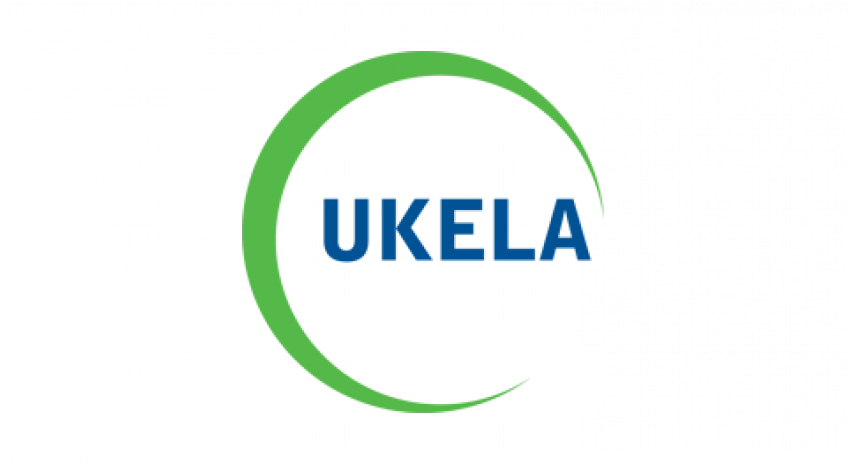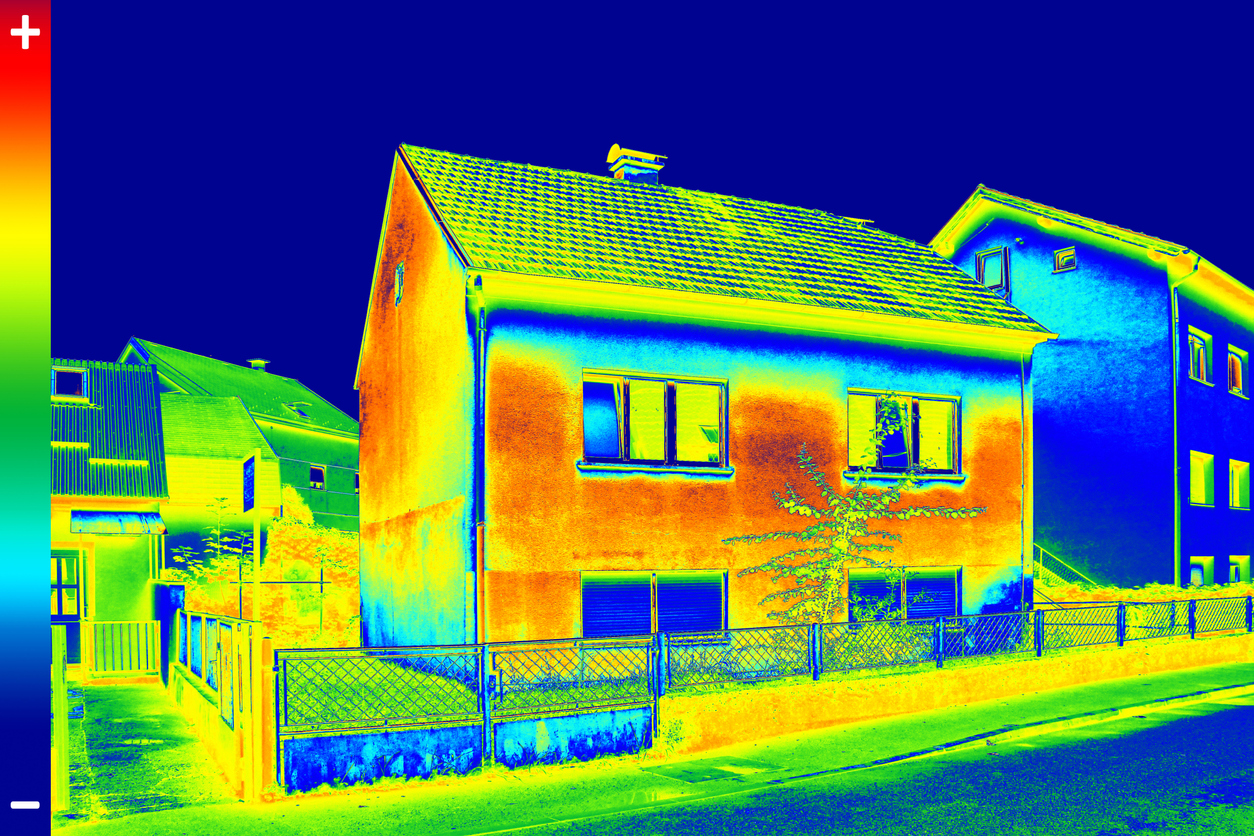
Signing Documents and Completing Deals in the Age of Remote Working
Date: 02/04/2020 | COVID-19, Business & Professional Services, Construction, Corporate, Dispute Resolution, Employment & HR, Energy & Natural Resources, Environmental, Healthcare, Planning, Real Estate, Residential Development
Working from home (or WFH to use the new acronym that seems to be all the rage) is a new landscape for many of us, presenting many practical difficulties. One such difficulty for many businesses and other organisations is making sure that contractual documents are still signed in accordance with the law, and in accordance with best practice, with many people working remotely.
In Scotland, most types of contracts do not need to be in written form to be legally binding. Clearly, however, it is always preferable that most contracts are reduced to writing: failure to set out contracts in writing will always give rise to evidential problems in the event of a dispute.
In circumstances where contracts are in writing, how should they be signed in this remote working age?
One mooted solution is using an electronic signature. But what are they? How practical are they? And are there any legal issues to consider if you are going to use an electronic signature? This article aims to answer these questions and then address how the alternative of traditional documents can still be signed and witnessed in the current circumstances.
What are electronic signatures?
There are different standards of electronic signature.
At its most basic, an electronic signature must be (a) data in electronic form, which (b) is attached to or associated with other electronic data and (c) used as a means of signing. Whilst the definition sounds a little technical, examples are as simple as tick boxes on electronic PDF forms or a scan of a handwritten signature. There are more sophisticated types of basic electronic signatures that use two (or more)-factor authentication. This standard of electronic signature can be referred to as a “basic electronic signature”.
Whilst a basic electronic signature has the advantage of simplicity, it has the disadvantage of lacking the usual, strong level of evidential weight that other means of both electronic and non-electronic signing has.
There are two other types of electronic signature. These are known as (1) advanced electronic signature and (2) qualified electronic signatures. These are rarer in practice, because they set high requirements of a technical nature and because paper documents using wet ink signatures are usually used in non-pandemic circumstances.
Examples of the high standard set by these two other types of electronic signatures are (a) that the use of the signature must be unique to the signatory; (b) that it should only be capable of use by the signatory; (c) that it should be capable of identifying the signatory; and (d) that it must be created by specified means.
Some types of transactional documents that are in electronic form can only be signed using an advanced electronic signature and are subject to additional requirements.
Should you use electronic signatures?
The answer to this depends on considering the questions below – all relevant to the risk management of your business – about the particular circumstances:
- What type(s) of electronic signatures mentioned above does your business have the capability to use?
- What is the nature of the document to be signed?
- Are there any legal requirements that apply to the nature of the document to be signed?
- Are there any workable alternatives that would provide for a more satisfactory result in relation to the evidential status of the document?
In circumstances where the risk profile of signing a document using a basic electronic signature is low, this is a sensible alternative to traditional means of signing. Advice should be taken if you are concerned whether the means of signing that you are considering is appropriate for the nature of the document.
If we cannot use electronic signatures for practical reasons, what can we do?
There are a number of practical issues to work through here.
The first is that a party to a contract or someone authorised on their behalf (e.g. a director if the party is a company) can sign in the usual way – using “wet-ink” on a print-out of the agreement. However, this will require the signing of the contract by the party be witnessed by someone else.
If other family members are at home, a family member could witness this. The family member should be over 16 and should not be able to benefit from, nor be a party to, the contract.
If you are unable to have anyone physically watch signing in the same place and sign immediately thereafter, an individual should not witness a signature by remote means (e.g. Skype) and then be posted the document to sign as a witness. This is because the law requires signing and witnessing to be “one continuous process”. The evidential strength of a document can be challenged on the basis that the signing and witnessing was not one continuous process.
The alternative approach that is more arguable (but by no means certain) as being within the confines of the law is that the signatory later “acknowledges” to a witness, perhaps via Skype, that the signature on the contract is that of the signatory: e.g. by saying “The signature on the document is my signature and I signed it.” This is known as “speaking to your signature”.
When this acknowledgment is being made, the contract should physically be with the witness. Once the acknowledgment has been made, the witness should sign immediately thereafter. This means that the acknowledgment and the signature of the witness is one continuous process. If this approach is being used, perhaps a unique code should feature somewhere on the envelope and on each page of the document to ensure, insofar as possible, that the witness is witnessing the same document that the signatory is acknowledging that they signed.
Depending on the nature of the transaction (e.g. if it requires only a signatory on the part of one party or more than one), the signed and witnessed document might need to be delivered under the counterpart rules that are applicable in Scotland.
If you would like to find out more about how your business can manage risks when signing legally binding documents remotely, please contact a member of the Davidson Chalmers Stewart Corporate Team































































































